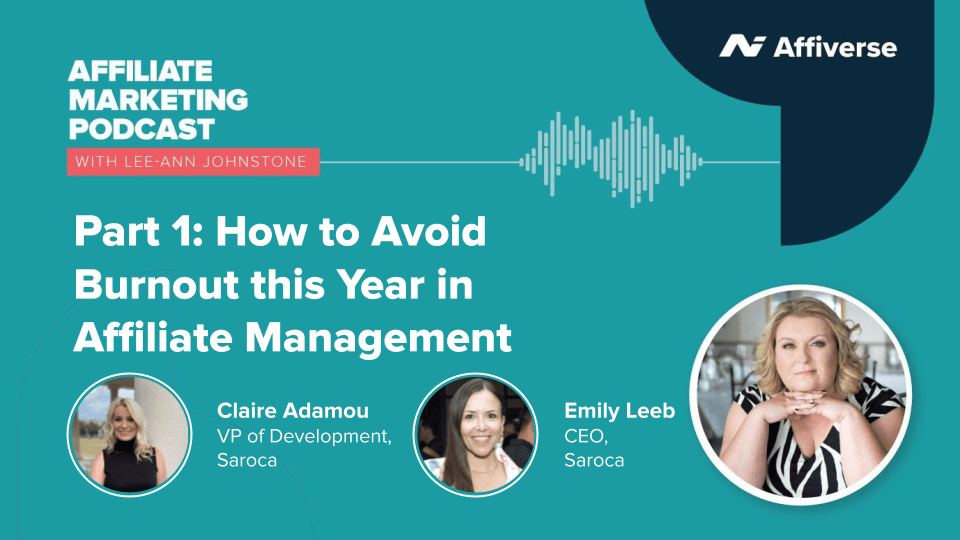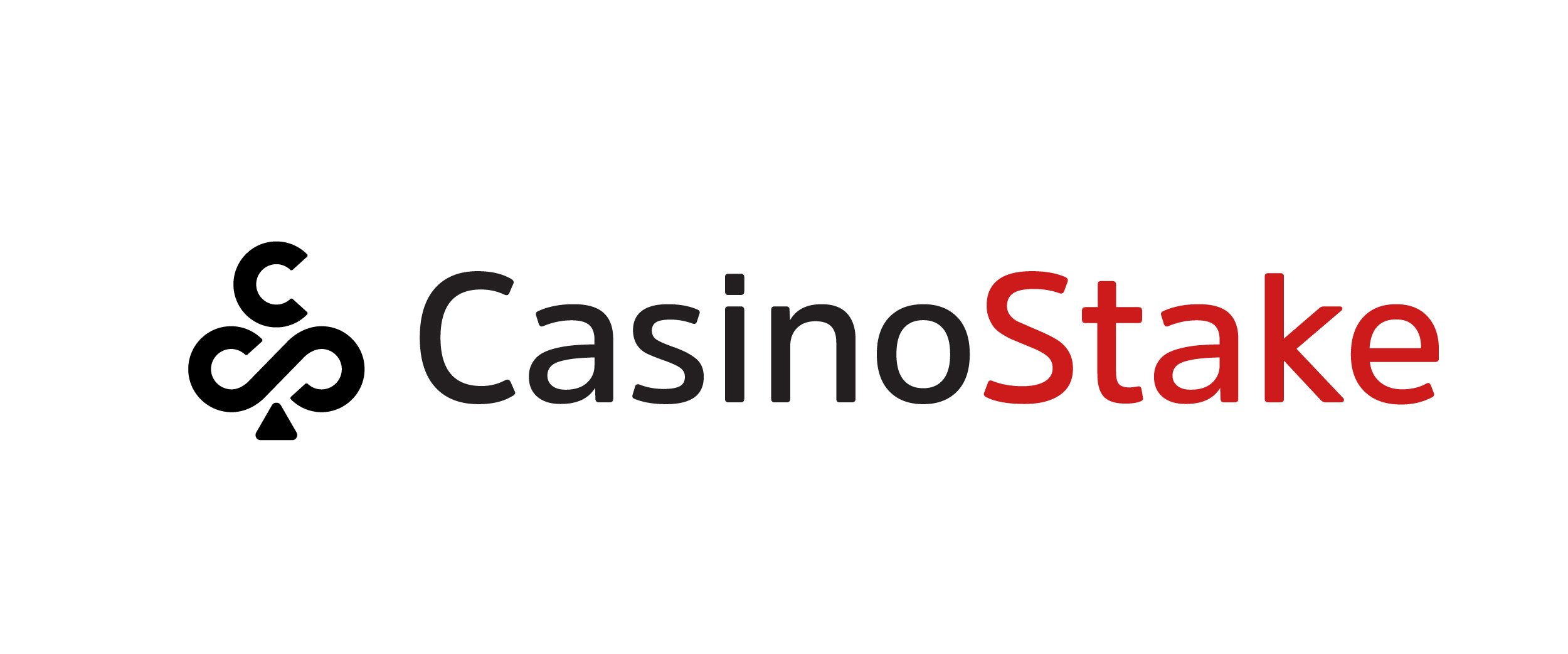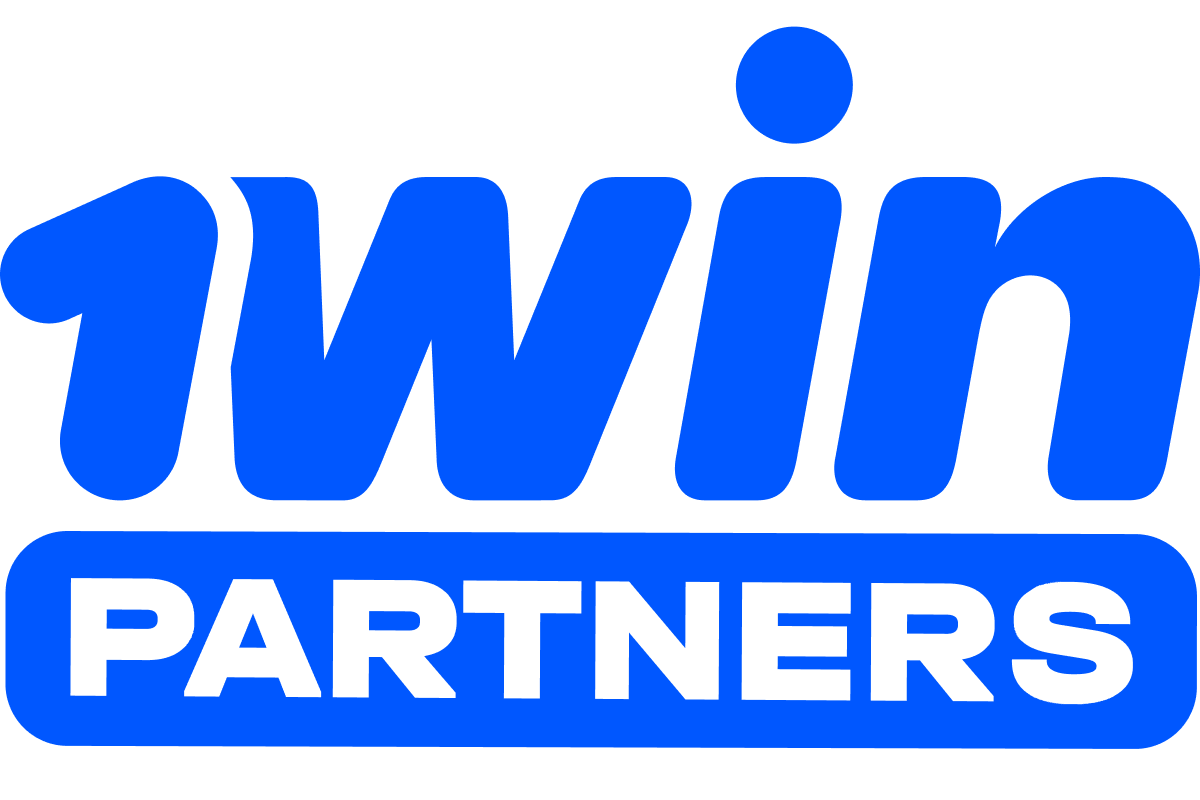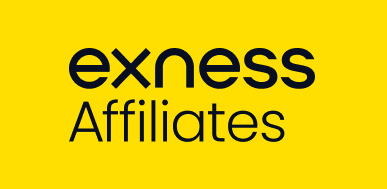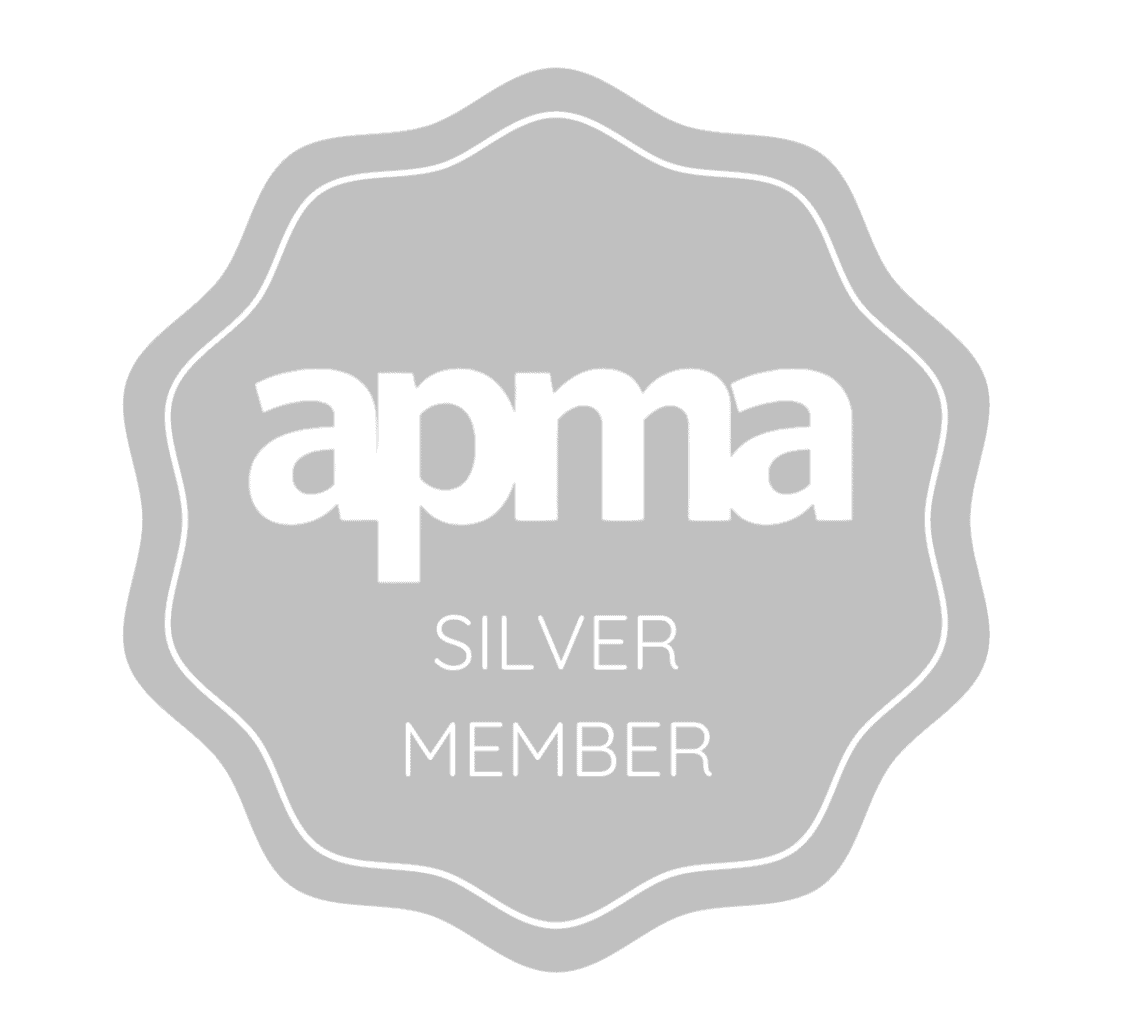The Google Algorithm has all sorts of ranking factors within it, from content quality to technical factors. One thing that more SEOs seem to be talking about is the concept of central intent, but what is this and why should affiliates really care about it?
The central intent of a site
The AI that Google uses is getting smarter all the time and is able to categorise sites. Part of this is defining the central intent of the site, what is it at its core? This extends outwards to your keyword cloud but they want to be able to give you a single profile for your site.
For example, an affiliate site may be classed under gambling, with niches extending from there. In the most recent algorithm update, this kind of profiling seems to own a lot of power. Google wants to understand sites and for the content therein to be logical, therefore falling under that niche.
Think about it from the perspective of a user, you want to visit a site that has a theme and then related content around that theme. If your site can be quantified and categorised easily by the algorithm, then you must be serving up something that’s good for the user.
This may also have an impact on related content, which many affiliates use. If we look at bingo affiliates, for example, they have all sorts of related content that they feel might bring them in new users. Recipes, jokes and quizzes are used on a lot of these sites, but with this algorithm change traffic for these may drop dramatically.
These aren’t related to the central intent of the site, gambling, therefore the algorithm can assess that these users are attempting to dupe the system. They know that you want a slice of the traffic from other terms that your ideal user might search, but they don’t want to send it to an unrelated site.
This might just be an experiment or a long term strategy for the algorithm, depending on whether or not it proves to be successful. We often see Google test an update before committing it entirely. If this has a negative effect on the user then it won’t stick around.
What should you do?
As ever, it’s all about putting the user at the heart of everything you do. Use the tools that Google gives you to assess how your site is doing and make improvements based on this. While this has become less transparent over time, you can take the hints that Google give you to improve it.
Look at the bounce rate and pages that perform poorly. If you want to boost the site as a whole then you have to pay attention to the pages that are lacking.
If you do use semi related content to increase your reach and organic traffic, then monitor this over the coming months. If there’s a sudden drop of traffic to these pages then you should have a contingency plan in place to recoup those losses. Learn, prepare and implement to keep your affiliate portal bringing in high quality traffic.
Although this will have a big effect on SERPs, it won’t be the only factor to switch up the rankings. Knowing where you stood, what’s changed and why will help you to better understand what you need to be doing going forward. Use SEO tools like SEMRush to give you this valuable information.
If you want the latest digital insight and learning, then book your free ticket to AffiliateFEST now. Our specialist speakers will take you’re marketing plan to the next level, so don’t miss out while your competitors get ahead.







